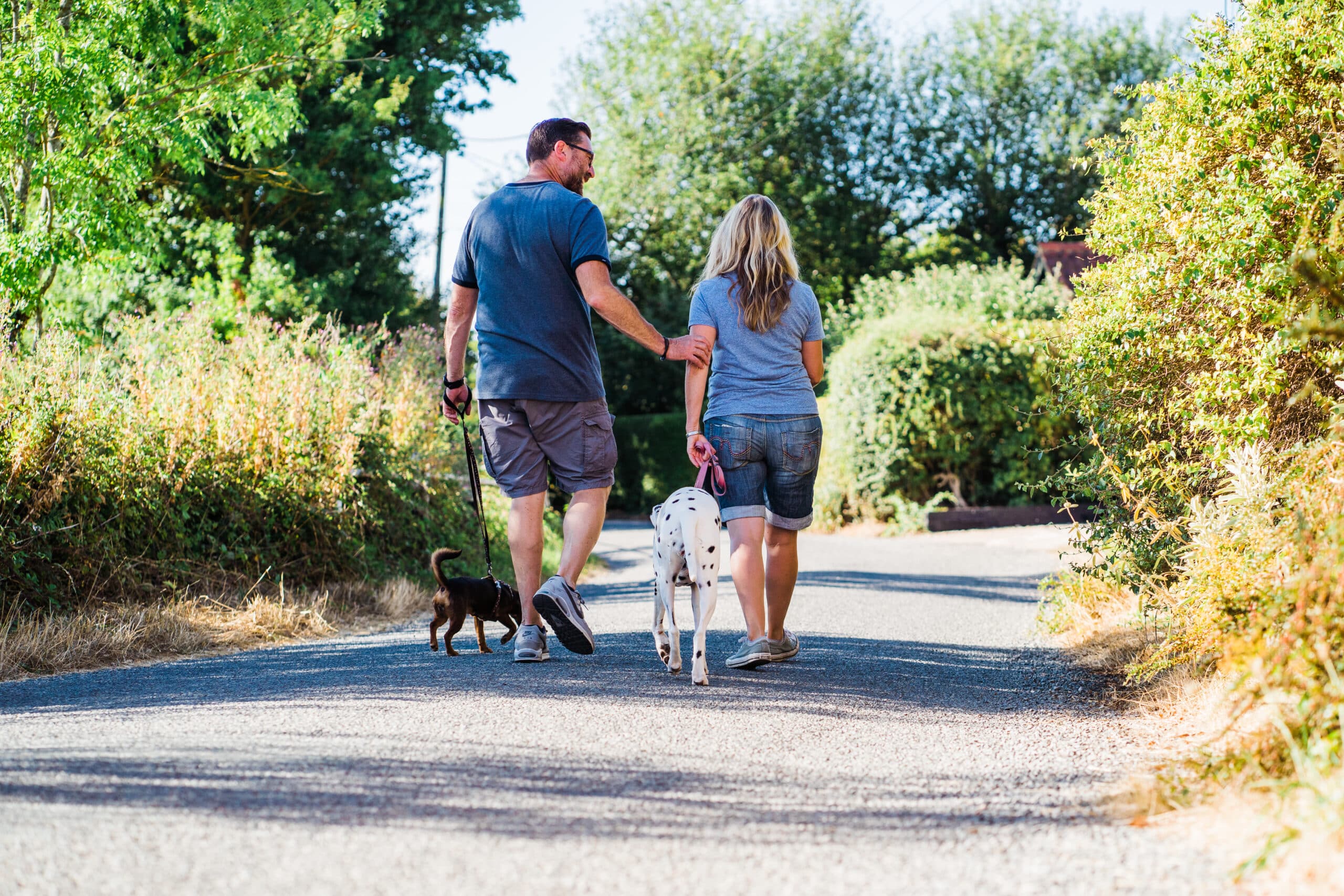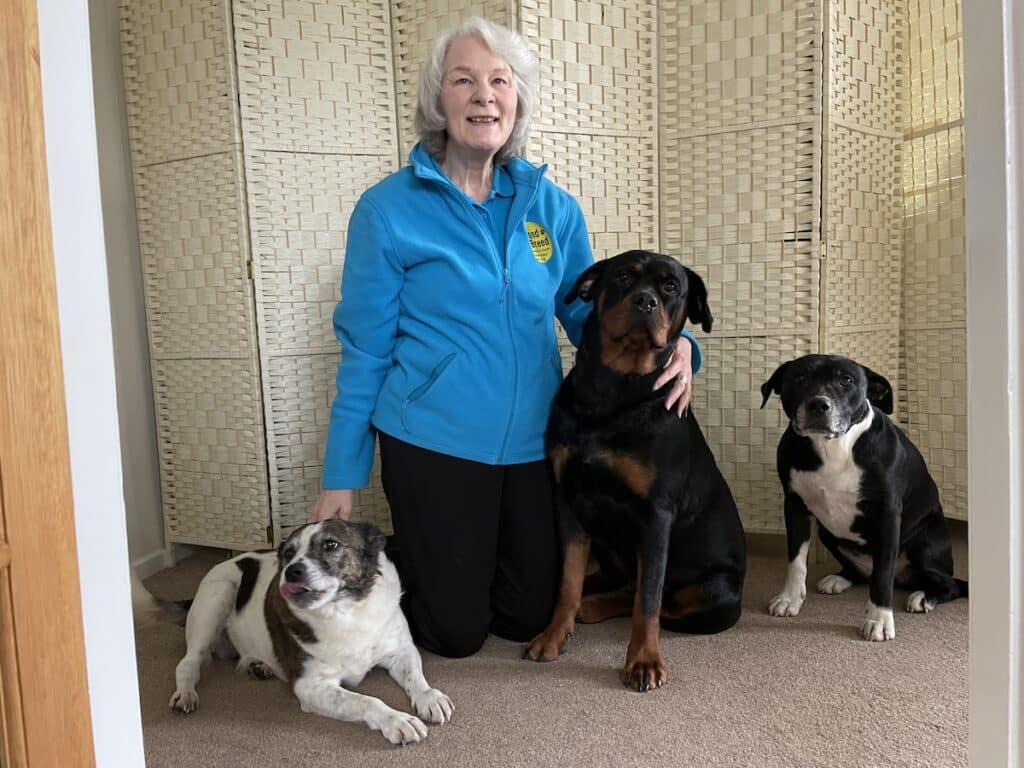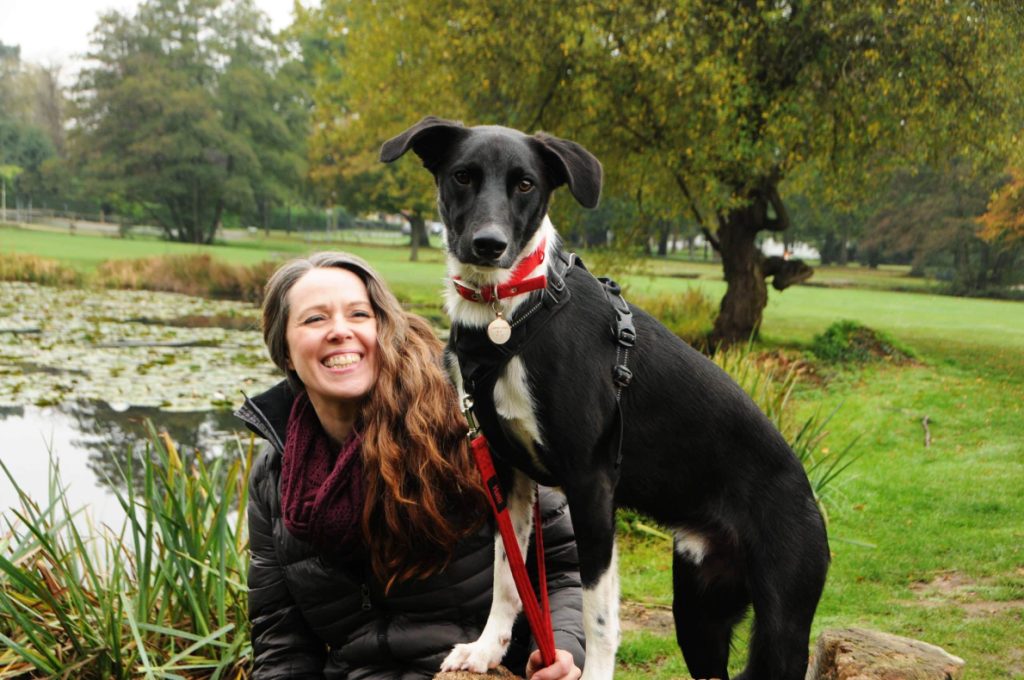Are you fed up with other dogs bounding over to your pup when you’re out walking them and they’re on their lead?
If so, you’re going to love this interview with Zoe Willingham, who is on a mission to encourage owners to be more considerate.
She’s so passionate that she created Dog on a Lead Day, which takes place every July 14th and aims to raise awareness about the importance of using a lead with your dog.
Zoe wants owners and dogs to feel safe while exercising their pets, and to educate people who do let their dogs off lead how to do so safely.
Freedom of Information figures from Police in the UK reported an astonishing 34 percent rise in incidents of out-of-control dogs causing injury between 2018 and 2022.
In 2022, there were 22,000 dog attacks up from 16,000 in 2018.
If your dog is out of control, it could lead to them being put to sleep.
Here Zoe shares why using a lead is key in keeping your dog and others safe and you can listen on the link below or read as a blog.
Hi Zoe, tell us a little about you.
I’ve been a pet professional for 12 years and have a training business, which is Best Behavior Dog Training in Suffolk, offering classes, one-to-one, and training.
I also run Zoe Willingham Dog Behaviourist, focused on helping dogs with problem behaviour working mostly online.
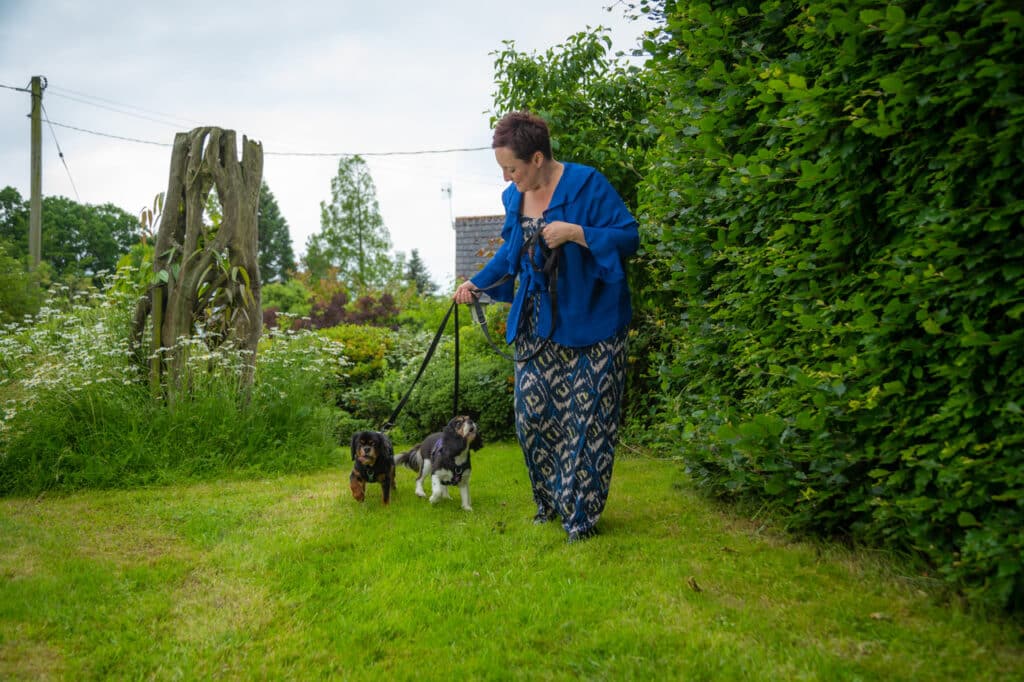
Tell us why you started Dog on a lead day
Many clients told me they were experiencing difficulties on walks due to other off-lead dogs approaching and threatening their pets.
Peaceful walks became more challenging as people let their dogs off the lead without any control.
Some clients were left in tears after their small dogs were attacked by larger dogs or their dogs’ toys and balls were stolen.
Plus instances of dog-on-dog attacks. Many dog owners felt afraid to walk their pets due to others’ lack of control.
It’s a simple message: don’t become a menace to others. If you choose not to train your dog, at least put them on a lead.
Have you seen a change in owner behaviour?
Dog owners have become less considerate. There’s a small group, maybe 20%, who are really committed to training their dogs well and they are the considerate ones.
But there’s a growing number of people who think it’s okay to let their dogs approach others without checking first.
It’s important to recall your dog and you shouldn’t let your dog approach another without ensuring it’s safe.
Some people just let their dogs run wild in the park without any control, and that doesn’t sit right with me.
It’s unfair to peaceful dog owners who constantly face untrained and uncontrollable dogs. They lack good dog etiquette and consideration for other owners.
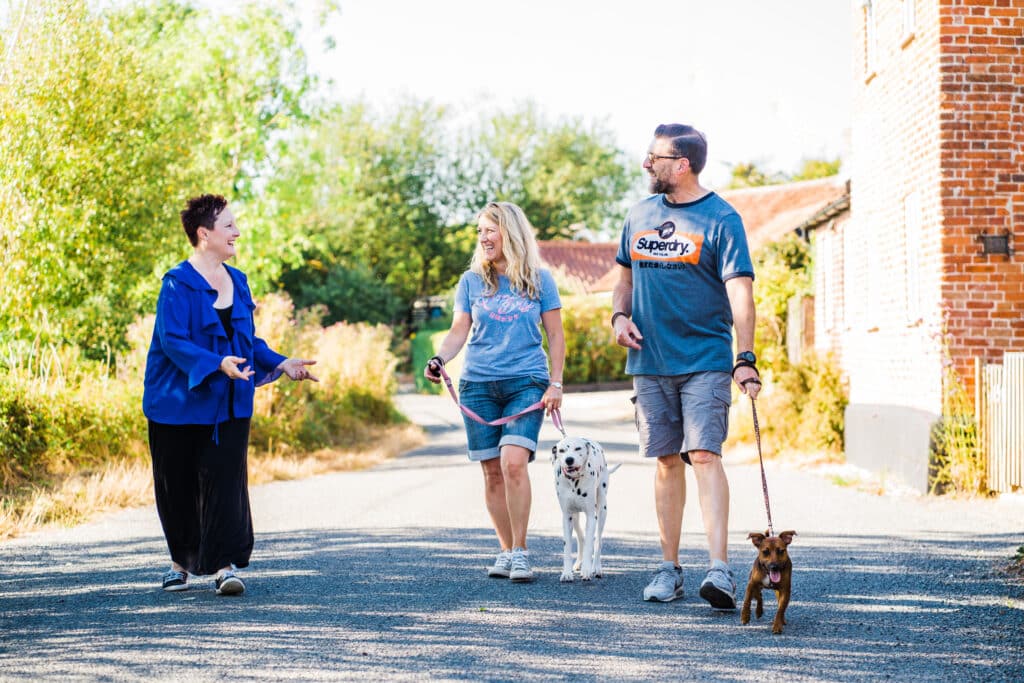
What kind of issues do your clients have?
I’ve seen a significant increase, 10 times more, in reactivity and aggression cases.
It’s a mix of the lingering effects of the lockdown and poor breeding which impacts on genetics.
Lack of exposure and training, as well as the inability to recall, contribute to the problem. It’s a combination of factors, not just one thing.
Sometimes dogs become reactive or fearful, and fear leads to aggression.
The poor dogs that have to go for walks on a lead because their responsible owners seek help are scared to leave their house due to out-of-control off-lead dogs.
It’s unfair owners who genuinely care are being harassed by those who are less concerned about their own dogs’ behaviour.
What should you do when you see a dog off the lead and your dog is on a lead?
When you see a dog approaching, the first thing you should do is shout, “Get your dog on a lead, please.”
In the past, people would apologise and comply. Now, there’s a shift in mindset where people refuse to take responsibility and blame the dog on the lead instead.
It puts the off-lead dog at risk of being deemed dangerously out of control, and this can ultimately lead to them being euthanised.
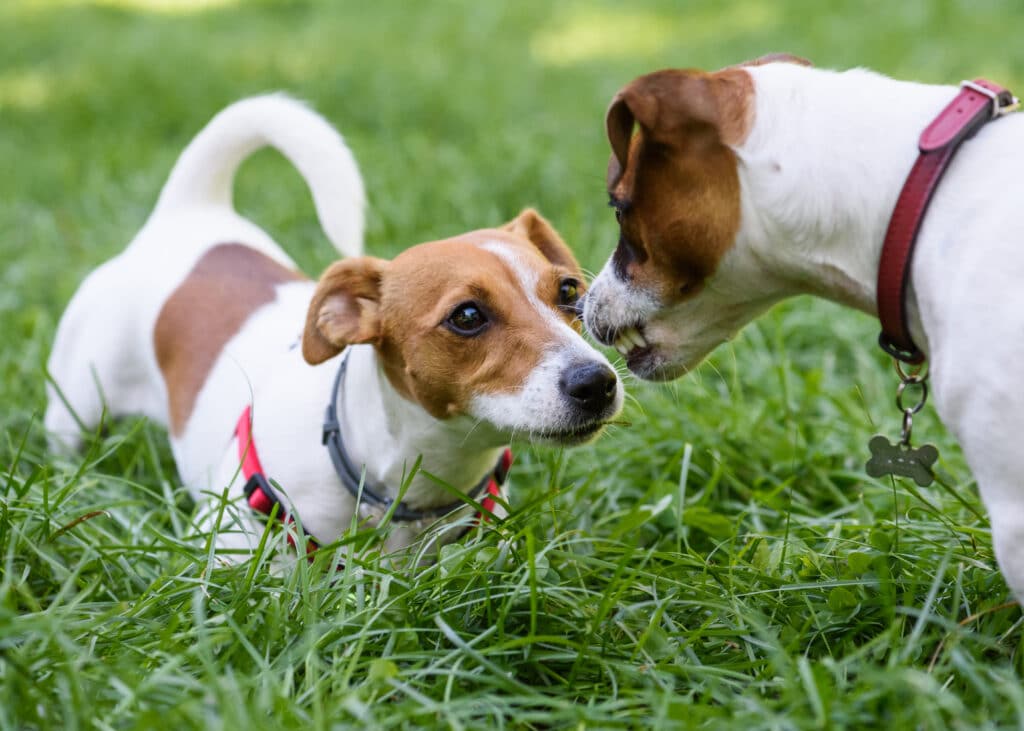
Can you define ‘out of control’?
If your dog is dangerously out of control, it means you lack control. Having your dog on a lead shows management and control.
It’s harder to argue control if your dog is off the lead.
It might be jumping up, stealing toys, and if there’s any physical sign such as scratching or marking others, this further weakens the argument that you have control of your dog.
A dog doesn’t need to bite to be considered out of control; any behaviour that can be deemed intimidating falls under this category.
And how does the law work around this?
If a dog is seized, the police will assess it and you usually have to go to court to get your dog back.
If you’re lucky, your dog may come back with a control order, requiring a lead and possibly a muzzle.
Training may also be part of the condition of them being returned. In worst-case scenario, the dog can be put to sleep.
I’ve heard of this happening multiple times. And dogs who have simply jumped a fence have been deemed out of control and can be stuck in kennels for 12 to 18 months.
Putting your dog on a lead is a simple solution. Why risk all of this for your dog? It doesn’t make sense.
What do owners need before they let their dog off lead?
Engagement, focus, and reliable recall, so your dog comes when you call them, are crucial. Build a strong relationship and teach your dog to ignore distractions.
Test their recall in safe environments like training classes or secure fields. Start with quiet settings and gradually increase distractions.

When should we put our dog’s lead on?
When passing another dog, whether on or off the lead, it’s good etiquette to put your dog on a lead.
We’re dealing with animals, and even though they may behave well most of the time, it’s wise to have full control.
If you want your dogs to meet and play, ask the other owner and proceed accordingly. If you see a dog wearing yellow, it means they need space.
Put your dog on a lead and give them room. A dog wearing yellow could be anxious, unwell, or elderly. It’s a warning sign.
So, when encountering another dog while walking, particularly one in yellow, or if your dog lacks recall, put them on a lead.
If you have a dog and don’t feel confident letting them off, what are the options?
Dogs can lead fulfilling lives and have a nice walk on a long line. A long line is a non-extendable lead that trails on the ground, attached to the dog’s harness.
This allows your dog to have more freedom to explore while keeping you connected and in control. It’s especially useful for teaching proximity and preventing them from straying too far
Another option is to hire a fully enclosed dog field for off-leash freedom. These fields provide a safe environment to practice recall and work on distractions.
With consistent practice, you’ll be amazed at how solid your dog’s recall can become.
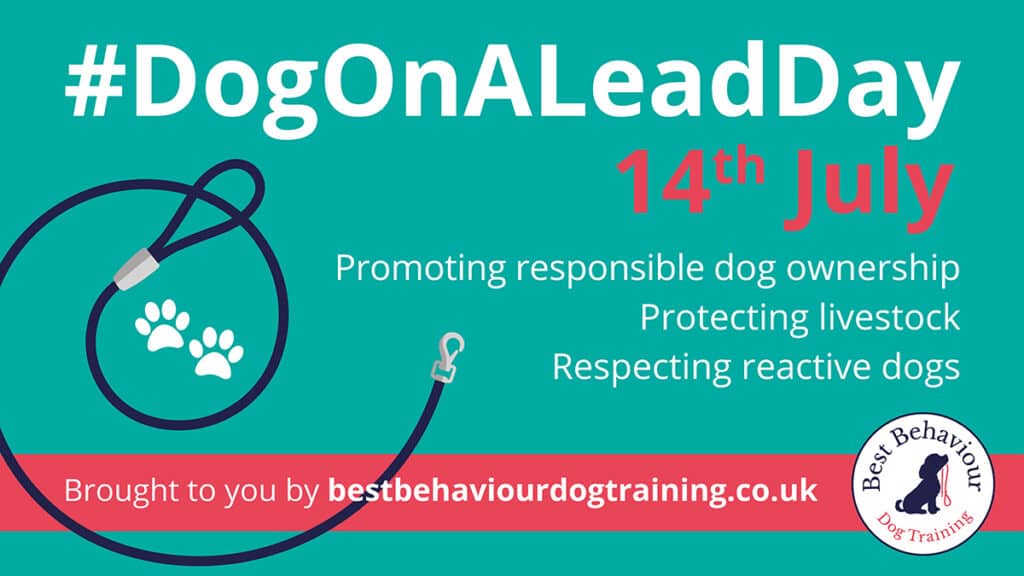
So how can we support your Dog on a lead day on July 14th?
Join in by sharing your experience and talking about being a considerate dog owner.
We’ve also got educational graphics talking about the importance of keeping dogs safe on a lead in various situations, such as around livestock and reactive dogs.
The goal is to make it socially unacceptable for dogs to be off-lead if they’re not under control or lack training.
And ultimately to promote responsible dog ownership, prevent behavioural problems, and ensure enjoyable walks for both humans and dogs.
Want to join in the day and get Zoe’s ready-to-go social media posts and graphics to share?
Head to: https://www.bestbehaviourdogtraining.co.uk/blog-post/Dog-on-a-lead-day/
Find out more about Zoe:
Best Behaviour Dog Training
Website: https://www.bestbehaviourdogtraining.co.uk/
Facebook: https://www.facebook.com/BestBehaviourDogTraining/
Instagram: https://www.instagram.com/best_behaviour_dog_training/
Twitter: https://twitter.com/BBD0G1
Zoe Willingham Dog Behaviourist


